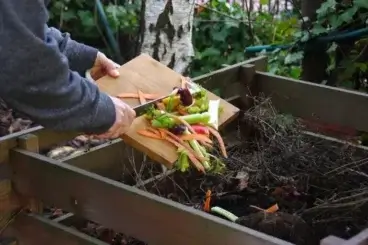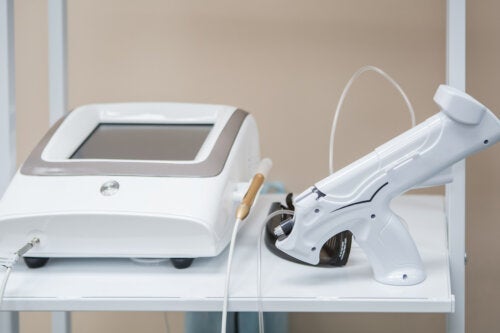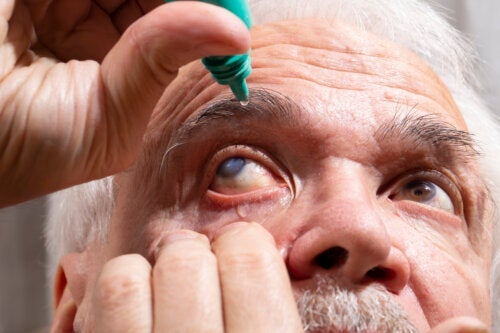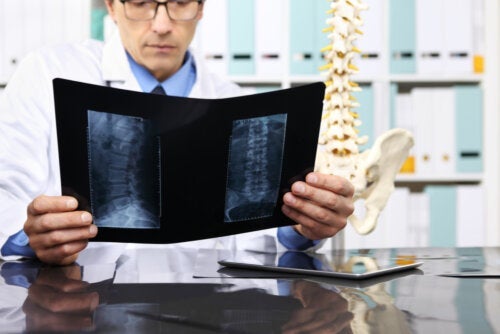肝臓の働きを改善しきれいにする10の秘訣
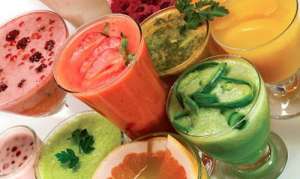
肝臓は、健康維持に必要な多くの身体の機能を担う、体の中で最も重要な器官の一つです。他の臓器がよく機能するために、蓄積された毒素を排除する役割を果たします。
肝臓は体を浄化する機能があるにもかかわらず、時に肝臓自体も正常に動作し続けるために掃除する必要があります。多くの加工食品を食べ、アルコールを飲み、化学製品や汚染にさらされるなど、様々な要因が肝臓に過剰な負担をかけ、正常に機能するのを妨げます。以下は、自然に肝臓をきれいにする方法です。
レモン汁
きれいな肝臓を維持し消化を改善するために、毎日レモン汁を暖かい水と一緒に飲みましょう。 空腹時にグラス1杯の暖かい水にレモン汁を入れて飲むと、肝臓に蓄積された毒素を取り除き、代謝を改善し、 便秘を防ぎます。
アボカド
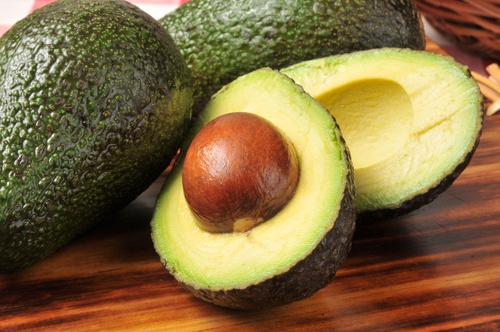
アボカドは健康と美容に有益な食べ物として世界中に知られています。健康的な脂肪を得るための最高の野菜の一つであると考えられており、肝臓の保護にも役立ちます。日本での研究で、アボカドはガラクトサミンといった毒素から肝臓を保護することがわかりました。
ウコン
ウコンは、がんを予防し肝臓の健康を向上させる、抗炎症作用を持つスパイスです。また、肝臓を自然に浄化し、代謝を向上させます。
こちらの記事もお読みください:ショウガとウコンとトウガラシで身体をデトックス
たくさんの水を飲む
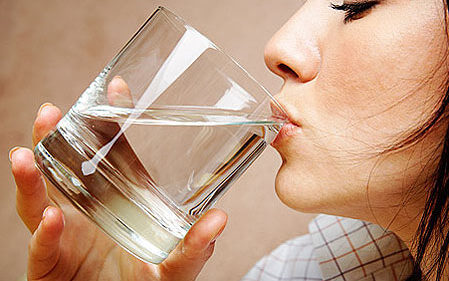
肝臓をきれいにする最善の方法の一つは、ミネラルウォーターを1日に6〜8杯飲むことです。 また腎臓を浄化し、ダイエットにも役立ちます。水をたくさん飲んで、体に十分な水分補給をしましょう。水を飲むことには多くの利点があり、肝臓を浄化する鍵になります。
加工食品を避ける
肝臓は加工食品を脂肪とコレステロールに変換するため、精製された小麦粉や砂糖、その他の精製食品をできるだけ避けましょう。 脂肪は、腹部、臀部、大腿部、その他の部分に蓄積されます。 高レベルのトリグリセリドはまた、心臓病のリスクの上昇にも関連しています。
タンポポの根
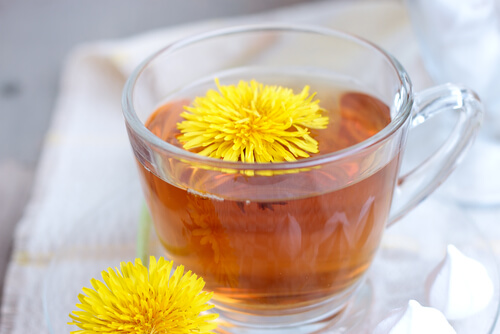
タンポポの根の多くの治癒効果の一つは、肝臓を浄化することです。 実際、 歴史を通じて、タンポポの根は肝臓障害の治療法として使用されてきました。お茶として飲むのがベストです。
こちらの記事もご覧ください:タンポポが肝臓に良い理由
ニンニク
小さなニンニク一かけには、免疫系を強化し、ウイルスや細菌から保護するという薬効があります。また酵素を活性化して肝機能を改善する、硫黄が含まれています。
芽キャベツ
芽キャベツはあまり好きでない、という方も多いかもしれませんが、健康に有益であることは間違いありません。 最も重要な利点の1つは、硫黄化合物であるグルコシノレートの含有で、有害な化学物質や毒素を排出し、体を保護します。
緑茶

緑茶を飲むことは、自然に肝臓を浄化するだけでなく、アルコールから受けるダメージ、腫瘍、肝炎から肝臓を保護することが証明されています 。 緑茶はナチュラルな抗がん物質であるカテキンを豊富に含んでいます。 また、肝臓に蓄積された脂肪を排除します。
肝臓をきれいにするスムージー
ここで、肝臓をきれいにして消化を改善し、体重を減らすのに最適な、素晴らしいクレンジング効果のあるスムージーのレシピを紹介します。
材料
- アロエベラの葉2枚
- レモン汁
- ミント1枝
- ウコン小さじ1杯
- 冷水1/2リットル
作り方
アロエベラの葉2枚からパルプを取り除き、他の材料と一緒にブレンダーに入れます。 すべての材料が完全に混ざるまでブレンドし、空腹時に飲みましょう。
引用された全ての情報源は、品質、信頼性、時代性、および妥当性を確保するために、私たちのチームによって綿密に審査されました。この記事の参考文献は、学術的または科学的に正確で信頼性があると考えられています。
- Acetaminophen. (2016). National Institute of Diabetes and Digestive and Kidney Diseases. https://www.ncbi.nlm.nih.gov/books/NBK548162/
- Agua: ¿cuánto tienes que beber todos los días? (2022). Mayo Clinic. https://www.mayoclinic.org/es/healthy-lifestyle/nutrition-and-healthy-eating/in-depth/water/art-20044256
- Bendsen, N. T., Chabanova, E., Thomsen, H. S., Larsen, T. M., Newman, J. W., Stender, S., Dyerberg, J., Haugaard, S. B., & Astrup, A. (2011). Effect of trans fatty acid intake on abdominal and liver fat deposition and blood lipids: a randomized trial in overweight postmenopausal women. Nutrition & diabetes, 1(1), e4. https://www.ncbi.nlm.nih.gov/pmc/articles/PMC3302130/
- Björnsson E. S. (2017). Drug-induced liver injury due to antibiotics. Scandinavian journal of gastroenterology, 52(6-7), 617–623. https://pubmed.ncbi.nlm.nih.gov/28276834/
- Chen, Y. J., Wallig, M. A., & Jeffery, E. H. (2016). Dietary Broccoli Lessens Development of Fatty Liver and Liver Cancer in Mice Given Diethylnitrosamine and Fed a Western or Control Diet. The Journal of nutrition, 146(3), 542–550. https://www.ncbi.nlm.nih.gov/pmc/articles/PMC4763488/
- Clinic, C. (2023). How long does it take your liver to detox from alcohol? Cleveland Clinic. https://health.clevelandclinic.org/detox-liver-from-alcohol
- “Detoxes” and “cleanses”: What you need to know. (2019). NCCIH. https://www.nccih.nih.gov/health/detoxes-and-cleanses-what-you-need-to-know
- Du, L. J., He, Z. Y., Gu, X., Hu, X., Zhang, X. X., Yang, L. J., Li, J., Pan, L. Y., Li, Y. Q., Yang, B., & Gu, X. J. (2022). Inverse Association of Fruit and Vegetable Consumption with Nonalcoholic Fatty Liver Disease in Chinese Patients with Type 2 Diabetes Mellitus. Nutrients, 14(21), 4559. https://www.ncbi.nlm.nih.gov/pmc/articles/PMC9657780/
- Elvira-Torales, L. I., García-Alonso, J., & Periago-Castón, M. J. (2019). Nutritional Importance of Carotenoids and Their Effect on Liver Health: A Review. Antioxidants (Basel, Switzerland), 8(7), 229. https://www.ncbi.nlm.nih.gov/pmc/articles/PMC6681007/
- Gérard P. (2021). Beneficial effect of whole-grain wheat on liver fat: a role for the gut microbiota?. Hepatobiliary surgery and nutrition, 10(5), 708–710. https://www.ncbi.nlm.nih.gov/pmc/articles/PMC8527404/
- Guan, Y. S., & He, Q. (2015). Plants Consumption and Liver Health. Evidence-based complementary and alternative medicine : eCAM, 2015, 824185. https://www.ncbi.nlm.nih.gov/pmc/articles/PMC4499388/
- Herbal and dietary supplements. (2024). National Institute of Diabetes and Digestive and Kidney Diseases. https://www.ncbi.nlm.nih.gov/books/NBK548441/
- How does the liver work? (2016). Institute for Quality and Efficiency in Health Care (IQWiG). https://www.ncbi.nlm.nih.gov/books/NBK279393/
- Kalra, A., Yetiskul, E., Wehrle, C. J., & Tuma, F. (2023). Physiology, Liver. StatPearls Publishing. https://www.ncbi.nlm.nih.gov/books/NBK535438/
- Kawagishi, H., Fukumoto, Y., Hatakeyama, M., He, P., Arimoto, H., Matsuzawa, T., Arimoto, Y., Suganuma, H., Inakuma, T., & Sugiyama, K. (2001). Liver injury suppressing compounds from avocado (Persea americana). Journal of agricultural and food chemistry, 49(5), 2215–2221. https://pubmed.ncbi.nlm.nih.gov/11368579/
- Kim, S. A., & Shin, S. (2020). Fruit and vegetable consumption and non-alcoholic fatty liver disease among Korean adults: a prospective cohort study. Journal of epidemiology and community health, 74(12), 1035–1042. https://pubmed.ncbi.nlm.nih.gov/32796047/
- Klein, A. V., & Kiat, H. (2015). Detox diets for toxin elimination and weight management: a critical review of the evidence. Journal of human nutrition and dietetics : the official journal of the British Dietetic Association, 28(6), 675–686. https://pubmed.ncbi.nlm.nih.gov/25522674/
- Lu, W., Li, S., Li, J., Wang, J., Zhang, R., Zhou, Y., Yin, Q., Zheng, Y., Wang, F., Xia, Y., Chen, K., Liu, T., Lu, J., Zhou, Y., & Guo, C. (2016). Effects of Omega-3 Fatty Acid in Nonalcoholic Fatty Liver Disease: A Meta-Analysis. Gastroenterology research and practice, 2016, 1459790. https://www.ncbi.nlm.nih.gov/pmc/articles/PMC5019889
- Scorletti, E., & Byrne, C. D. (2013). Omega-3 fatty acids, hepatic lipid metabolism, and nonalcoholic fatty liver disease. Annual review of nutrition, 33, 231–248. https://pubmed.ncbi.nlm.nih.gov/23862644/
- Simón, J., Casado-Andrés, M., Goikoetxea-Usandizaga, N., Serrano-Maciá, M., & Martínez-Chantar, M. L. (2020). Nutraceutical Properties of Polyphenols against Liver Diseases. Nutrients, 12(11), 3517. https://www.ncbi.nlm.nih.gov/pmc/articles/PMC7697723/
- Soleimani, D., Paknahad, Z., & Rouhani, M. H. (2020). Therapeutic Effects of Garlic on Hepatic Steatosis in Nonalcoholic Fatty Liver Disease Patients: A Randomized Clinical Trial. Diabetes, metabolic syndrome and obesity : targets and therapy, 13, 2389–2397. https://www.ncbi.nlm.nih.gov/pmc/articles/PMC7354004/
- Statins. (2021). National Institute of Diabetes and Digestive and Kidney Diseases. https://www.ncbi.nlm.nih.gov/books/NBK548067/
- van der Windt, D. J., Sud, V., Zhang, H., Tsung, A., & Huang, H. (2018). The Effects of Physical Exercise on Fatty Liver Disease. Gene expression, 18(2), 89–101. https://www.ncbi.nlm.nih.gov/pmc/articles/PMC5954622/
- Veloz Villacrés, D. K., Abdo López, S., Albuja Landi, A. K., & Duque Andrade, E. O. (2013). Determinación de la actividad hepatoprotectora de boldo (Peumus boldus) en ratas (Ratus novergicus) con intoxicación hepática inducida por paracetamol. Escuela Superior Politécnica de Chimborazo http://dspace.espoch.edu.ec/handle/123456789/2474
- VoPham, T., Bertrand, K. A., Hart, J. E., Laden, F., Brooks, M. M., Yuan, J. M., Talbott, E. O., Ruddell, D., Chang, C. H., & Weissfeld, J. L. (2017). Pesticide exposure and liver cancer: a review. Cancer causes & control : CCC, 28(3), 177–190. https://www.ncbi.nlm.nih.gov/pmc/articles/PMC5336347/
- Wang, X., Lin, S., Gan, S., Gu, Y., Yang, Y., Zhang, Q., Liu, L., Meng, G., Yao, Z., Zheng, D., Wu, H., Zhang, S., Wang, Y., Zhang, T., Sun, S., Jia, Q., Song, K., Wu, X. H., Wu, Y., & Niu, K. (2021). Higher plain water intake is related to lower newly diagnosed nonalcoholic fatty liver disease risk: a population-based study. European journal of clinical nutrition, 75(12), 1801–1808. https://pubmed.ncbi.nlm.nih.gov/33837275/
- Yang, J. S., & Park, Y. (2018). Insecticide Exposure and Development of Nonalcoholic Fatty Liver Disease. Journal of agricultural and food chemistry, 66(39), 10132–10138. https://pubmed.ncbi.nlm.nih.gov/30193066/
- Yorita Christensen, K. L., Carrico, C. K., Sanyal, A. J., & Gennings, C. (2013). Multiple classes of environmental chemicals are associated with liver disease: NHANES 2003-2004. International journal of hygiene and environmental health, 216(6), 703–709. https://www.ncbi.nlm.nih.gov/pmc/articles/PMC3713174/
このテキストは情報提供のみを目的としており、専門家との相談を代替するものではありません。疑問がある場合は、専門家に相談してください。



